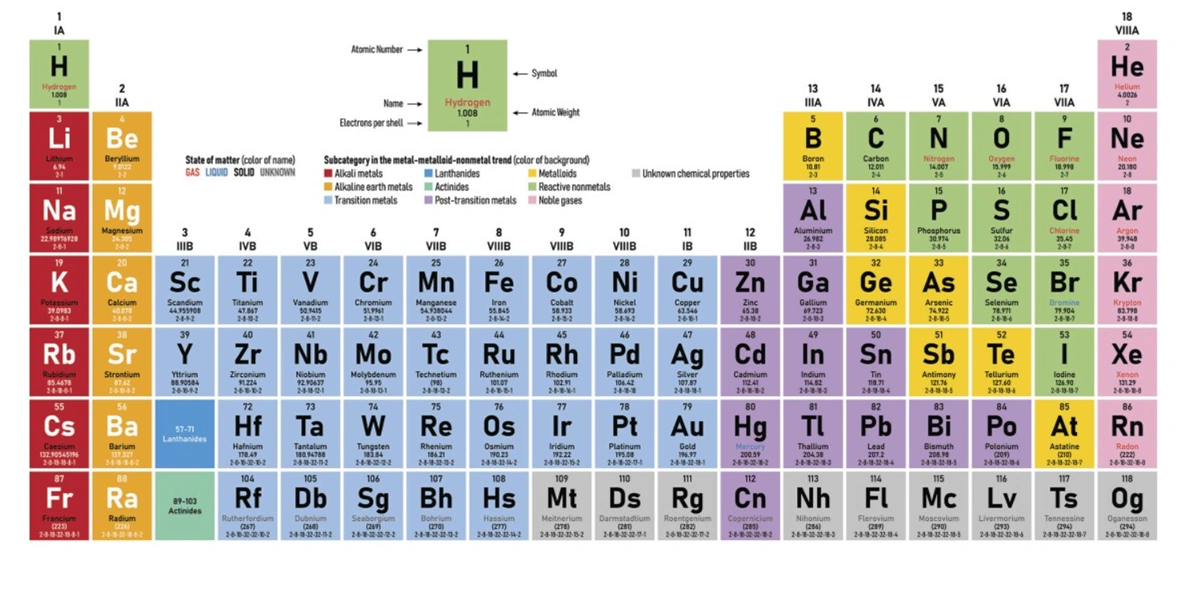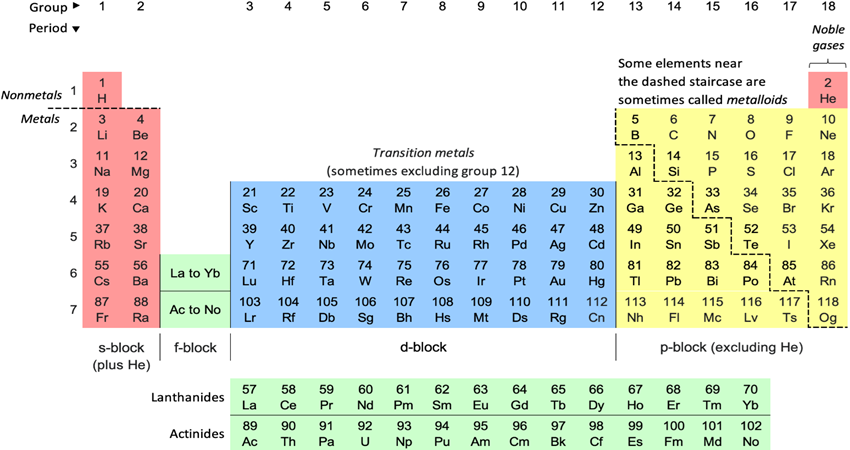Synthetic Petrol
It is feared that the world’s supplies of natural petroleum may not last long. This fear compelled the chemists to think for a synthetic product resembling natural gasoline and the product was named synthetic petrol.
Synthetic petrol is one which can be synthesised by artificial means. It is obtained from coal and not from oil wells.
Synthesis of synthetic petrol
Hydrogenation of coal
Hydrogenation of coal or hydration of coal is nothing but converting coal into petrol.
Coal contains lesser percentage of hydrogen compared to petroleum. So, coal is a hydrogen-deficient substance. In order to improve the hydrogen content, coal is heated with hydrogen at high temperature under high pressure, and is converted to gasoline. This method of preparing liquid fuels from solid coal is called as hydrogenation of coal.
Hydrogenation of coal can be carried out by the following two methods:
(i) Bergius process
It is a direct method of hydrogenation (synthesis) of coal. In this method, powdered coal is mixed with a heavy oil from petroleum to form a paste. This paste is mixed with a catalyst like nickel oleate or tin oleate.
The mixture is then led through a convertor, where it is heated at about 450°C, under a pressure of about 200−250° atm for about half-an hour. During this process, hydrocarbons are formed which are then passed through a condenser, where liquid crude oil is obtained. About 60% of the coal is converted into crude oil.
This crude oil is then passed through a fractional column where uncondensed gases like gasoline, middle oil and heavy oil etc., are obtained.
Heavy oil is recycled to form a paste and the middle oil is cracked to get more petrol. Sulphur, nitrogen and oxygen atoms in the coal are converted into H2S,NH3 and H2O respectively.

Fig (1) Bergius process of hydrogenation of coal to gasoline
| Read More Topics |
| What is white cement? Give its properties and uses |
| What are the requirements of metallurgical coke? |
| Constituents of glass and their functions |





